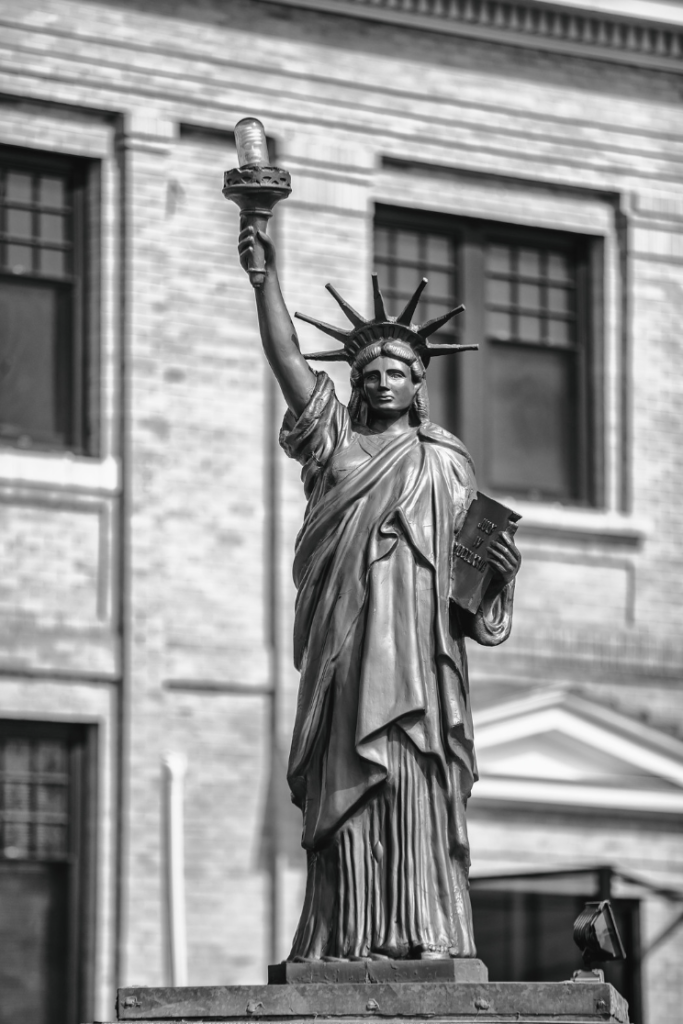The American Dream
The American Dream is an ideology that stems from the belief that America is the land of opportunity, originating in the Declaration of Independence in 1776 (Hanson and White 2011; Wolak and Paterson 2020). While the ideology was created centuries ago, the belief is still prevalent and relevant to only certain citizens that fall into the normative category of white, heterosexual men. While there has been an expansion of inclusion since 1776, there are still systems in place that disproportionately affect those who deviate from the normative category (Archer 2014; Bukowczyk 2016; Hanson and White 2011; Hanson and Zogby 2010; Hauhart 2015; Musick and Wilson 1998; Newman 2016; Wolak and Peterson 2020). However, there are different interpretations of the “dream,” including: doing better than parents, getting an education, sending children to college, maintaining optimism, moving up the ladder at a job, or owning a business (Bukowczyk 2016; Hanson and White 2011; Hanson and Zogby 2010; Musick and Wilson 1998; Newman 2016; Wolak and Peterson 2020). Although there are a wide range of definitions, they all focus on the common threads of economic freedom, opportunity, and class mobility. The individualistic aspect of The American Dream motivates individuals to support the pursuit of economic freedom and the seizing of opportunities. Regardless of how they define success, the belief and the possibility of achieving these goals through hard work and persistence remains deeply ingrained, reflecting core American mindsets (Wolak and Peterson 2020).
Momentous events such as World War II have had profound influence on the way Americans view the American dream. The belief fluctuations are noted in poll trends (Hanson and Zogby 2010) and commentary in media sources such as radio, television, and music (Archer 2014; Bukowczyk 2016). The notion of suburbia, heteronormative familial goals, and the dream house were highly advertised as soldiers came home and therefore reinforced the tangibility of the American dream being tied to materialism and capitalistic behaviors of consumerism. The ability to show physical signs of wealth is favored as a way to verfiy the achievement of the dream because it sends a message of attainability and success rather than self-fulfillment. This understanding is also reflected in polls, as studies have shown the shift from spiritual fulfillment to material success (Hanson and Zogby 2010).
The Statue of Liberty is a symbol of hope and opportunity. The reference to the land of the free upholds the ideology of The American Dream. (American by Thomas Hawk. Flickr, CC BY-NC 2.0 DEED)

Although the “dream” is associated with whiteness, the normative category, because of lack of representation of achievement through media and the erasure of accurate populations (Bukowczyk 2016), the definition was “reborn” after Obama’s presidency in 2009. This transition from White to Black representation displayed new opportunities for people of color in visible positions. The optimism of being able to start from the bottom and working hard to create a good life is what drives people to support this belief. It enforces a work ethic that benefits the economy and gives citizens a sense of purpose (Hanson and White 2011). All in all, economic freedom and class mobility are what individuals seek to attain because it is understood once wealth is achieved, it opens doors of opportunity and prosperity (Hanson and White 2011; Musick and Wilson 1998; Wolak and Peterson 2020); this is reflected in survey results from 1986 to 2006 (Bukowczyk 2016).